Optimal Timing for Storm Restorations
Storm restorations are most effectively performed during periods of mild weather, typically in late spring through early fall. These months offer optimal conditions for repairs, allowing restoration work to proceed without delays caused by snow, ice, or heavy rain. Planning restorations during this window can help ensure timely completion and reduce the risk of weather-related setbacks.
The warmer months provide ideal conditions for storm restoration projects, with longer daylight hours and stable weather patterns.
Winter presents challenges such as snow and freezing temperatures, which can hinder repairs and compromise materials.
Immediately after storms, quick response can minimize damage and prevent further issues, making it a strategic time for restorations.
Monitoring weather forecasts helps schedule restorations during periods of calm weather, reducing delays.
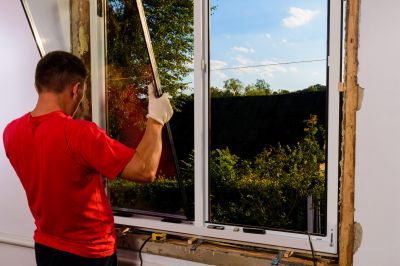
Ways to make Storm Restorations work in tight or awkward layouts.
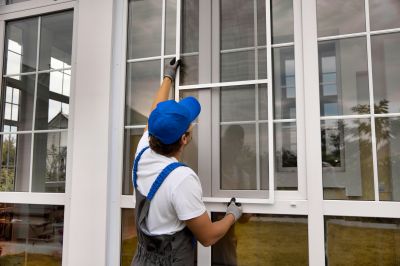
Popular materials for Storm Restorations and why they hold up over time.
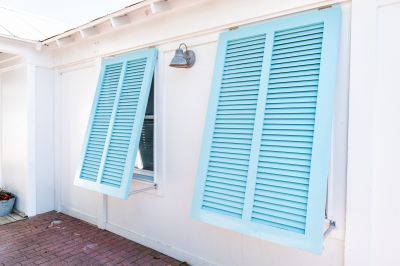
Simple add-ons that improve Storm Restorations without blowing the budget.

High-end options that actually feel worth it for Storm Restorations.

Finishes and colors that play nicely with Storm Restorations.
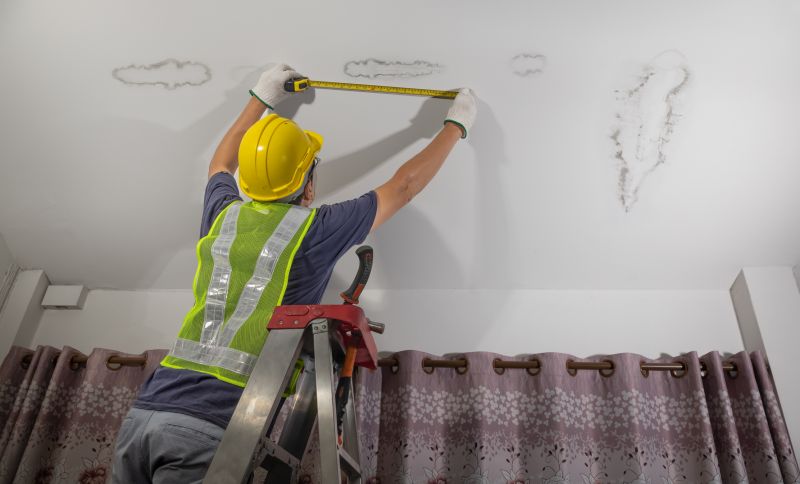
Little measurements that prevent headaches on Storm Restorations day.
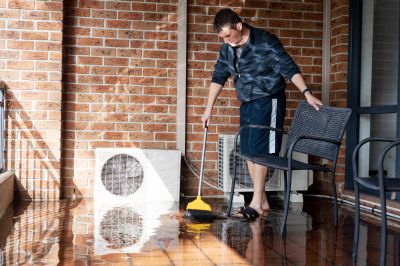
A 60-second routine that keeps Storm Restorations looking new.
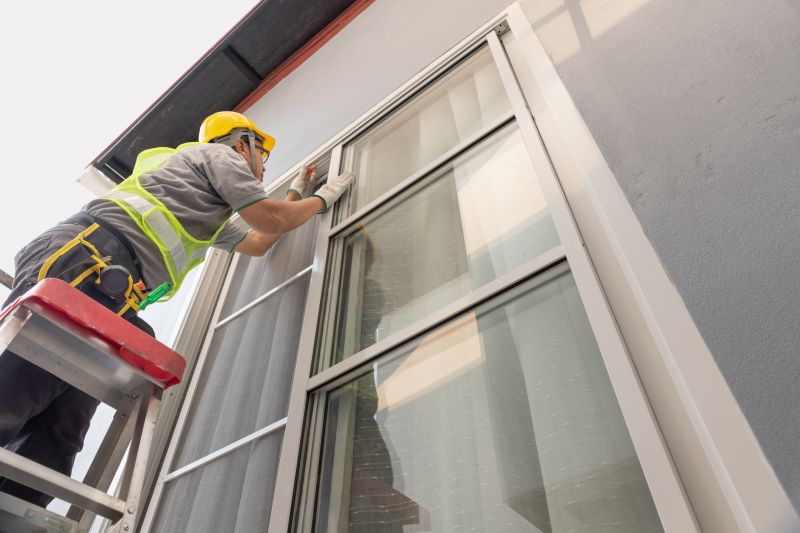
A frequent mistake in Storm Restorations and how to dodge it.

Small tweaks to make Storm Restorations safer and easier to use.
| Season | Optimal Restoration Time |
|---|---|
| Spring | Late March to June |
| Summer | June to September |
| Fall | September to November |
| Winter | Not recommended due to weather constraints |
| Post-Storm | Immediately after storm events |
Storm restorations involve repairing and restoring structures damaged by severe weather events such as high winds, hail, and heavy rain. Proper timing ensures that repairs are completed efficiently and effectively, minimizing further damage and restoring safety and property value. Accurate assessment, prompt response, and suitable weather conditions are critical factors influencing the success of restoration efforts.
Statistics indicate that the majority of storm-related damages occur during peak storm seasons, emphasizing the importance of timely interventions. Planning restorations during favorable weather windows can also reduce costs associated with delays and adverse conditions, ensuring a smoother restoration process.

Lower-waste or water-saving choices for Storm Restorations.
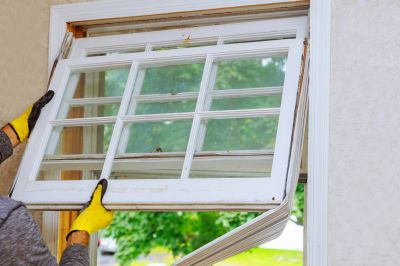
The short, realistic tool list for quality Storm Restorations.
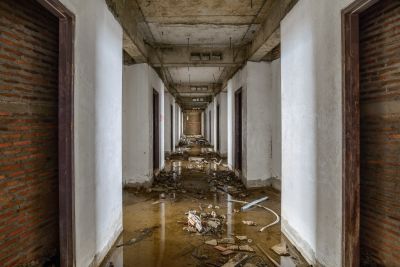
Rough timing from prep to clean-up for Storm Restorations.
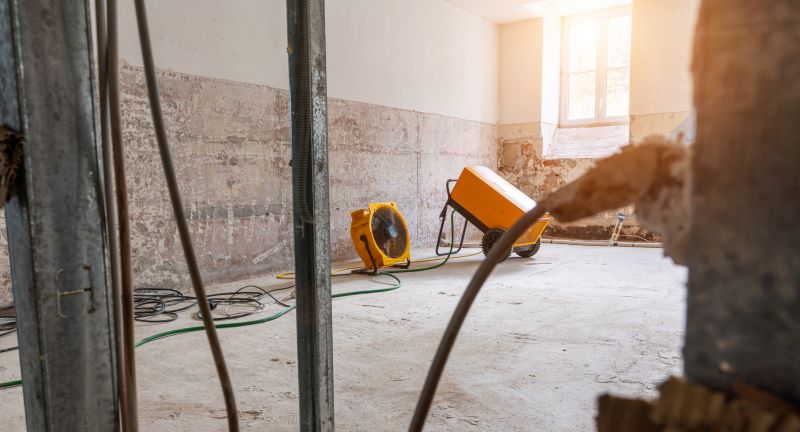
Quick checks and paperwork to keep after Storm Restorations.
Interested parties are encouraged to contact for more information about storm restoration services. Proper planning and timely action can significantly reduce the impact of storm damage, restoring safety and property integrity efficiently.
